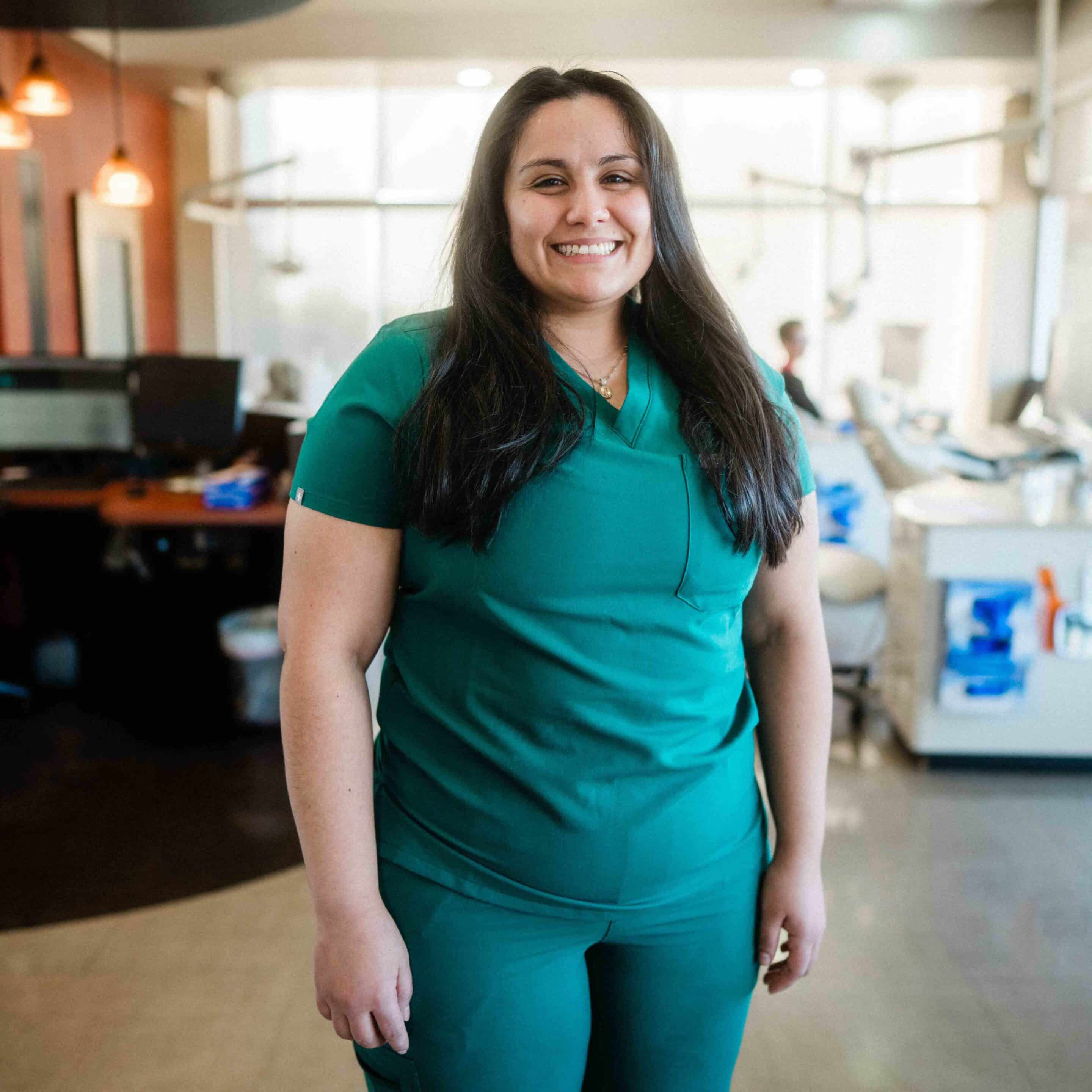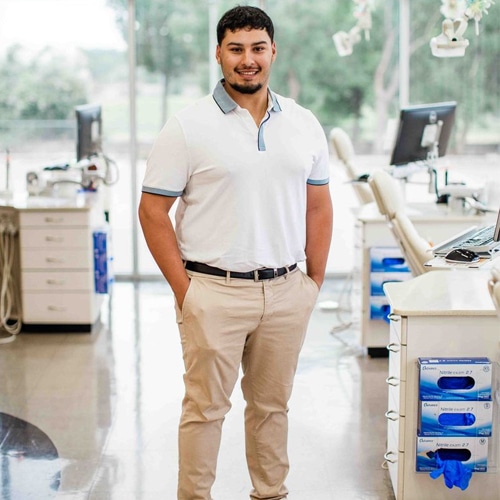According to a recent study commissioned by the American Association of Orthodontists, one-third of Americans are unhappy with their smiles. There are many different procedures that can help straighten your smile, such as Invisalign or traditional braces.
Unsure which procedure to choose? We’ve set the two head-to-head to help you figure it out! In this guide, we’ll compare Invisalign vs braces to help you determine which is best for your future smile.
The future (and your beautiful smile) are looking bright!
Keep reading to learn which is better: Invisalign or braces.
Invisalign vs Braces: The Difference
Only 15% of Americans consider their oral health “excellent.” When there are gaps between your teeth, it can leave your oral health at risk. Food particles can hide between your teeth, which contributes to plaque buildup.
In time, plaque can harden, becoming tartar, which leads to oral diseases such as gingivitis.
Instead of leaving your oral health at risk, consider Invisalign vs braces.
Both can help you achieve the same goal: straightening your teeth and improving your oral health. However, they differ based on the process.
To determine which is better, Invisalign or braces, you need to consider your personal preferences.
Traditional Braces
If you elect to receive metal braces, your dentist will glue metal brackets to the enamel of your teeth. Then, they’ll maneuver metal wires between each bracket. This helps mold and shape your teeth over time by drawing them together.
Some patients choose to have brackets that are the same color as their teeth. This can make the brackets less noticeable. You can also choose from multiple colors.
Choosing from different colors will allow you to turn your braces into an accessory, whether you’re a teen or adult!
Invisalign
Invisalign, on the other hand, provides more discretion. Without the metal wires, Invisalign is almost invisible against your teeth.
Invisalign uses aligner trays instead of metal brackets. These trays are made from BPA-free plastic. They’ll subtly and gradually move your teeth into alignment.
The plastic used to create Invisalign trays are smooth and comfortable. As a result, wearing trays is easy. Instead of a basic mold, Invisalign uses a 3D image of your teeth to ensure your aligners are the perfect fit.
Consider speaking to a dentist to learn more about each process.
The Advantages of Invisalign
In order to give you a full picture, we’ve reviewed the benefits of Invisalign vs braces. Here are the benefits of choosing Invisalign to straighten your teeth.
First, you can remove your Invisalign trays. In fact, one of the biggest benefits of Invisalign is you can remove the trays to eat whatever you want. That way, you won’t have to worry about food restrictions or food getting stuck in your aligners.
Many people prefer Invisalign because the trays are clear. This is ideal for adults who want to straighten their teeth without metal braces impacting their appearance. If you choose Invisalign, most people won’t even realize you’re wearing aligners.
Some patients also say that aligners are more comfortable than braces. With Invisalign, you won’t have to worry about metal brackets creating sores within your mouth.
Concerns
You’ll need to wear your aligners for 22 to 24 hours a day for six to 18 months. How long you require treatment depends on your needs. If you have more complex dental concerns, you might find traditional braces are the better option.
It’s important to keep your Invisalign aligners clean. You can clean your trays using an Invisalign cleaning system. You can also brush and rinse your trays in lukewarm water.
You should also brush your teeth and floss after you eat or drink, before putting your aligners back in.
As you wear your trays, your teeth will move at a gradual pace. However, you’ll likely need to change your trays every two weeks. As a result, you’ll need to visit a dentist or orthodontist every four to six weeks.
Your dentist might not consider you a candidate for Invisalign if you have back tooth bite issues or bridgework. You’re also likely not suited for Invisalign if you need to rotate your canines or premolars.
The Advantages of Braces
Is Invisalign better than braces? Let’s find out! Here are the benefits of choosing braces instead.
If you’re worried about losing your Invisalign trays, metal braces are the ideal choice. Your braces will stay in place throughout your treatment. You also won’t have to worry about changing your trays frequently if you choose braces instead.
Since braces are irremovable, the treatment time for braces is often shorter than Invisalign treatment. However, this depends on your oral health needs.
You’ll wear your braces 24 hours a day, seven days a week, likely for two years.
Since you can’t take your braces out yourself, you won’t have to worry about delaying your own treatment.
Cleaning your teeth is often easier with metal braces. You’ll brush and floss as you normally would.
If you elect to get braces, you’ll need to visit your orthodontist every month for a checkup. Your orthodontist will see how your teeth are shifting and adjust your wires if needed.
Concerns
After your braces are removed, you’ll still need to continue with aftercare steps. For example, you’ll need to wear a positioner or retainer to keep your teeth in form. These are usually worn at night.
Braces aren’t ideal for people who play contact sports. The metal in your braces could cause damage to the soft tissue in your mouth.
Some patients find braces uncomfortable, especially since there’s an adjustment period. You’ll need to grow used to the brackets and wires in your mouth.
Braces are also more obvious than Invisalign trays, which can discourage adults from this treatment option.
Invisalign vs Braces: What Best Benefits Your Smile?
Invisalign vs braces: which do you choose. Really, the choice is yours! Before you decide, review this list and determine which option best suits your lifestyle.
Want to consult an orthodontist? Book an exam today to discuss your options!







